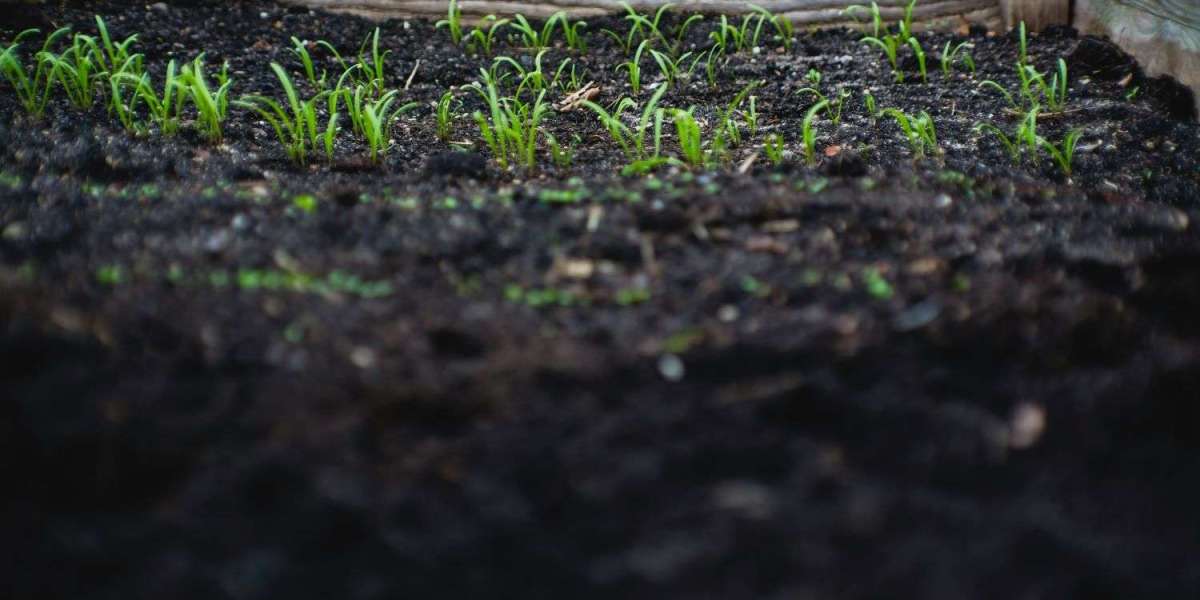Market Size of Acaricides in India
The acaricide market in India is currently on an upward trajectory, driven by the country's sizeable agricultural landscape and the increasing need for efficient pest control. A growing population and the subsequent demand for food security have intensified the need for advanced farm products, including acaricides. According to a recent report, the Indian acaricide market was valued at approximately INR 1,500 crore (about $180 million) in 2023, and it is expected to grow at a compound annual growth rate (CAGR) of 6-7% over the next five years.
Several factors contribute to this robust market growth:
- Increasing pest infestation: The rise in mite and tick populations due to climate change and agricultural expansion has increased the demand for acaricides.
- Adoption of new technologies: Introducing more advanced acaricide formulations and application techniques has boosted market growth.
Moreover, India’s position as a leading agricultural producer, particularly in crops like cotton, fruits, and vegetables, makes it one of the largest markets for acaricides globally.
Market Share: Key Players and Segmentation
The acaricide market in India is highly competitive, with numerous national and international companies vying for a share. Both global corporations and domestic players dominate the market. Bayer CropScience, Syngenta, and UPL hold significant market shares due to their wide range of acaricide products and strong distribution networks.
However, domestic companies have been gaining ground, with firms like PI Industries and Insecticides India making strides in developing cost-effective and locally relevant acaricide solutions.
The acaricide market in India is segmented based on:
- Product type: The market is divided into chemical, biological, and organic acaricides. While chemical acaricides dominate due to their immediate and potent effects, organic acaricides are steadily gaining popularity.
- Application: The market caters to agriculture (for crops like cotton, vegetables, and fruits) and livestock (to control ticks on cattle and poultry).
- Formulation: Acaricides are available in various formulations, such as liquids, powders, and granules. Liquid formulations are the most widely used in India due to their ease of use and effective coverage.
Trends Driving the Acaricide Market in India
Several trends are shaping the future of the acaricide market in India, with a clear focus on sustainability, technological advancements, and evolving consumer preferences.
Growing Demand for Organic Acaricides
With increasing awareness about chemical pesticides' environmental and health impacts, India has noticed a notable shift towards organic farming methods. This trend drives the demand for organic acaricides derived from natural ingredients such as essential oils and plant extracts.
Farmers seek solutions that protect their crops from mites and ticks while minimizing harm to beneficial insects, soil health, and water resources. Organic acaricides offer a safer alternative for crop protection and align with the government’s push toward sustainable agricultural practices.
For those looking to explore organic pest control options, buying acaricide-miticide remedies that support organic farming methods is beneficial. These products help manage mite populations and contribute to a more eco-friendly approach to pest control.
Technological Innovations in Acaricide Formulations
The Indian market is witnessing rapid innovations in the formulation of acaricides. New technologies, such as microencapsulation and controlled-release formulations, have made acaricides more effective while reducing the frequency of application. These advances ensure that acaricides remain active for longer periods, providing extended protection against pests.
One recent development is biological acaricides, which utilize natural predators or pathogens to control mite populations. While still in their nascent stages in India, these products are gaining attention due to their environmentally friendly nature and potential to reduce chemical pesticide use.
Government Initiatives and Regulations
The Indian government has been actively promoting integrated pest management (IPM) strategies that combine chemical, biological, and organic methods for pest control. In addition, regulations aimed at reducing the overuse of chemical pesticides have encouraged farmers to adopt effective and environmentally responsible acaricides.
Several state governments are also offering subsidies and incentives to encourage the adoption of organic farming, indirectly boosting the demand for organic acaricides.
Regional Insights: Acaricide Usage Across India
The demand for acaricides varies across different regions of India, mainly depending on the type of crops grown and the prevalence of mite infestations. In northern and western India, where cotton is a major crop, the use of acaricides is exceptionally high. Cotton crops are highly susceptible to spider mites, making acaricide application necessary to prevent crop loss.
Similarly, southern and eastern regions, which have a significant share of fruit and vegetable cultivation, also witness increased acaricide use. Broad mites and red spider mites are common threats, especially in crops like tomatoes, chilies, and brinjal.
In addition to agriculture, livestock farming in states like Maharashtra, Rajasthan, and Uttar Pradesh has also driven acaricide demand. Ticks, which are common parasites in cattle, can lead to diseases and reduced productivity in livestock, further pushing the need for effective acaricides in these regions.
Market Challenges: Resistance and Environmental Concerns
Despite the growth of the acaricide market in India, several challenges need to be addressed. One of the primary concerns is acaricide resistance, where mites and ticks develop immunity to commonly used acaricides, rendering them less effective over time. This has prompted the need to develop new formulations or rotating acaricide products to prevent resistance buildup.
Environmental concerns are another challenge. Chemical acaricides, when overused or misapplied, can pollute soil and water, affecting biodiversity. Intensive farming and acaricides are frequently used in this particularly pressing issue. The government has been working to address this by promoting sustainable pest management practices that minimize the environmental impact of acaricide use.
Future Outlook of the Acaricide Market in India
As India’s agricultural sector modernizes, the acaricide market is expected to grow steadily over the coming years. The increasing focus on organic farming, combined with advancements in acaricide formulations, will likely shape the future of pest control in the country.
According to projections, the Indian acaricide market is expected to surpass INR 2,000 crore ($240 million) by 2028, driven by technological innovations, government support for sustainable farming, and rising consumer awareness of organic products.
"Effective pest management is not just about eliminating the threat; it’s about doing so in a way that preserves the health of our environment and future crops."
As the demand for acaricides increases, more emphasis will be placed on developing effective solutions that are aligned with the goals of sustainable agriculture. Farmers, consumers, and policymakers alike will need to work together to ensure that the acaricide market in India continues to evolve in a direction that benefits productivity and environmental health.




